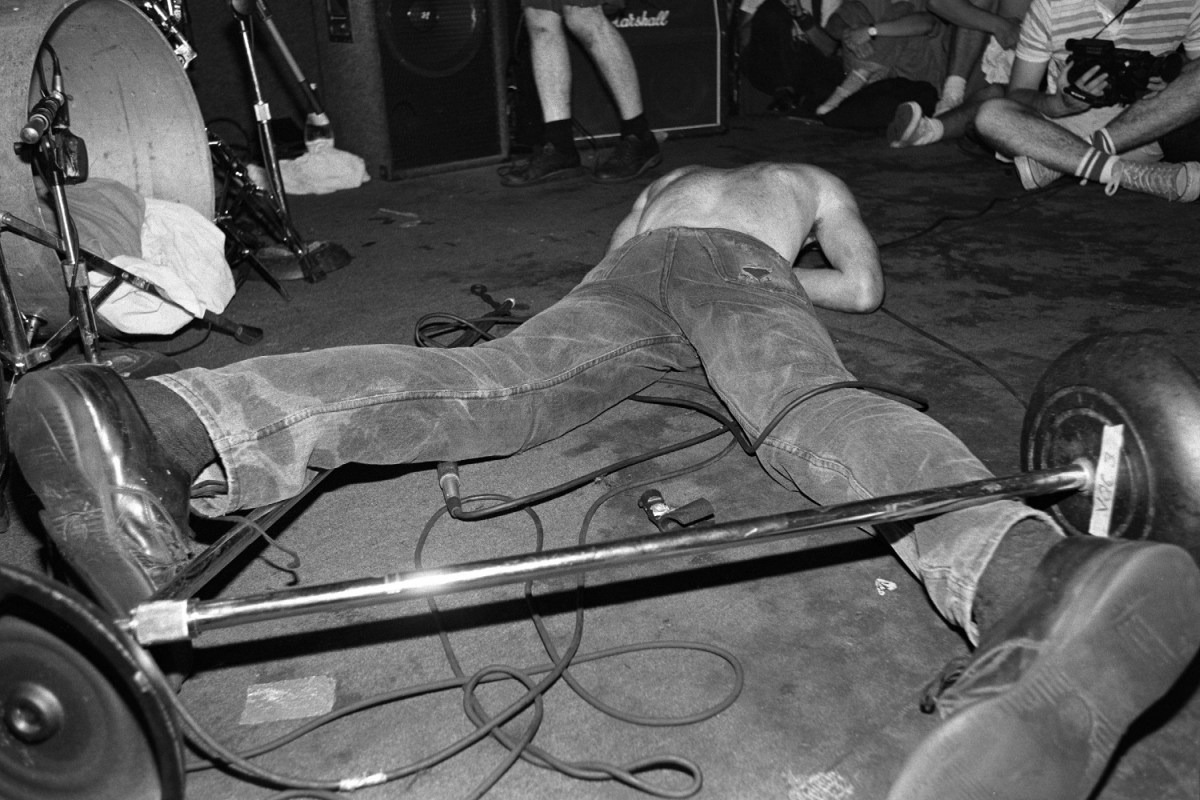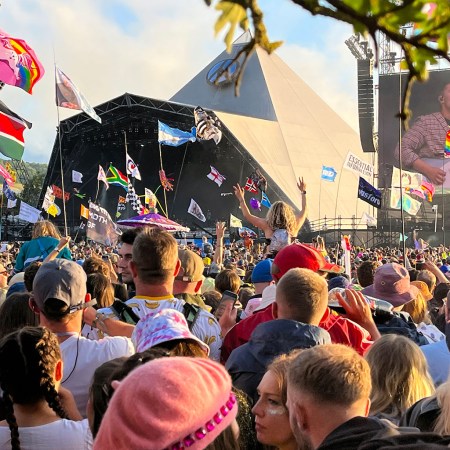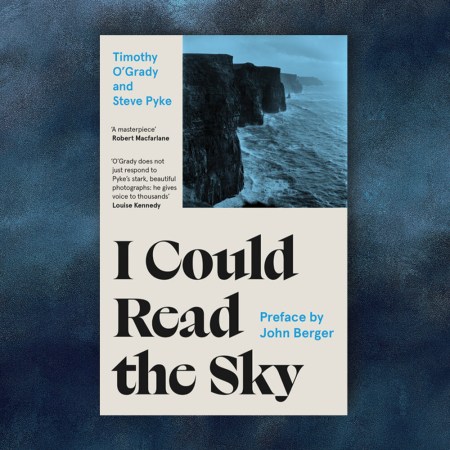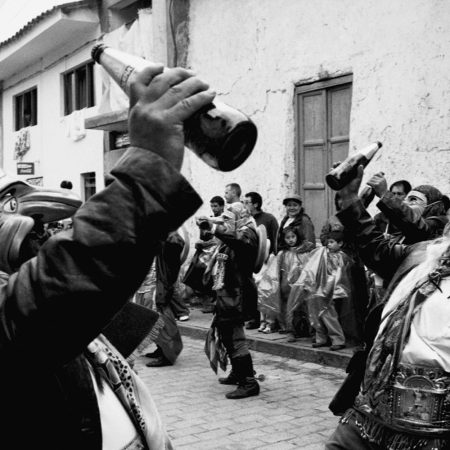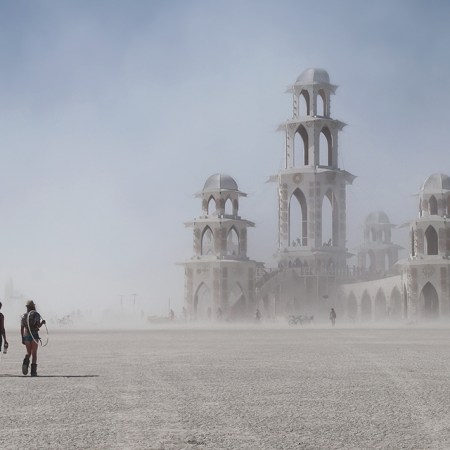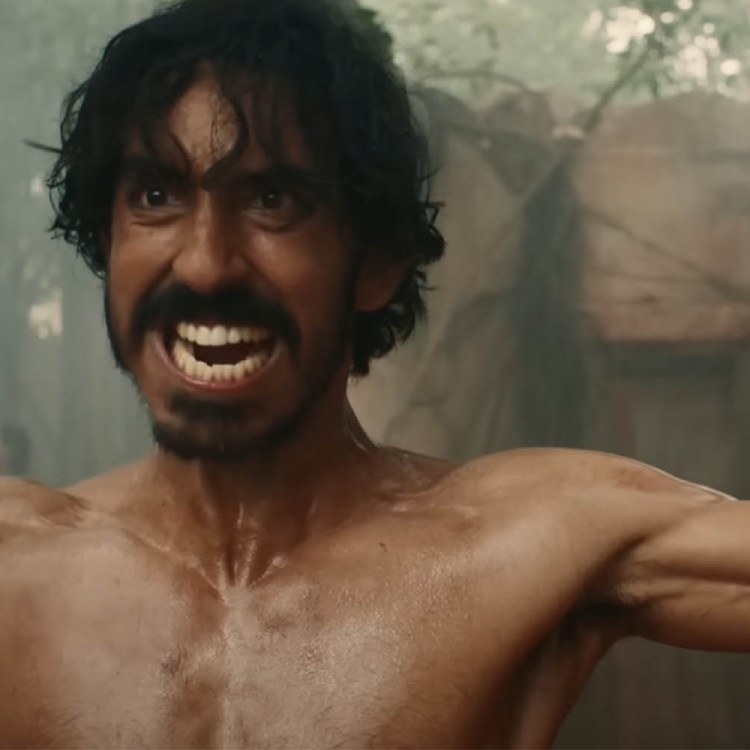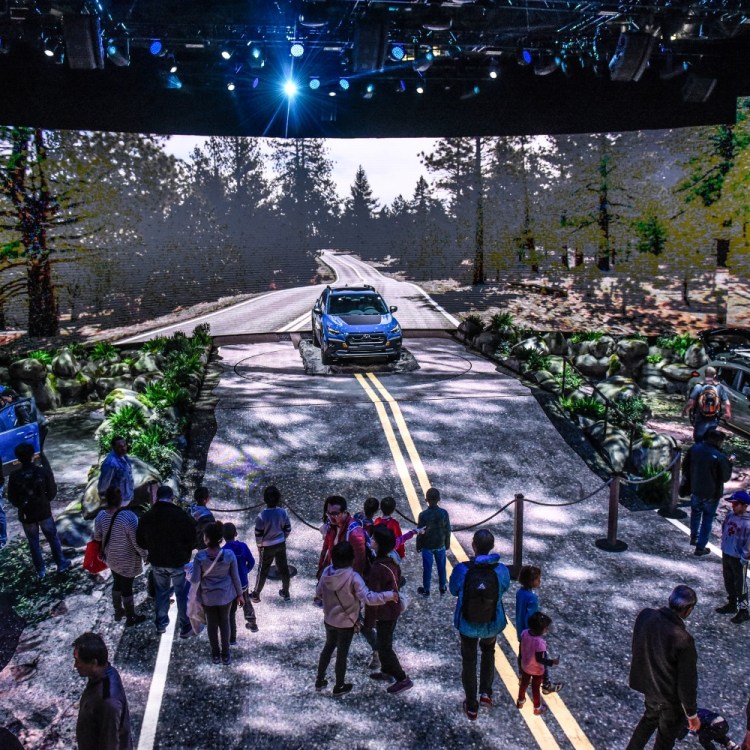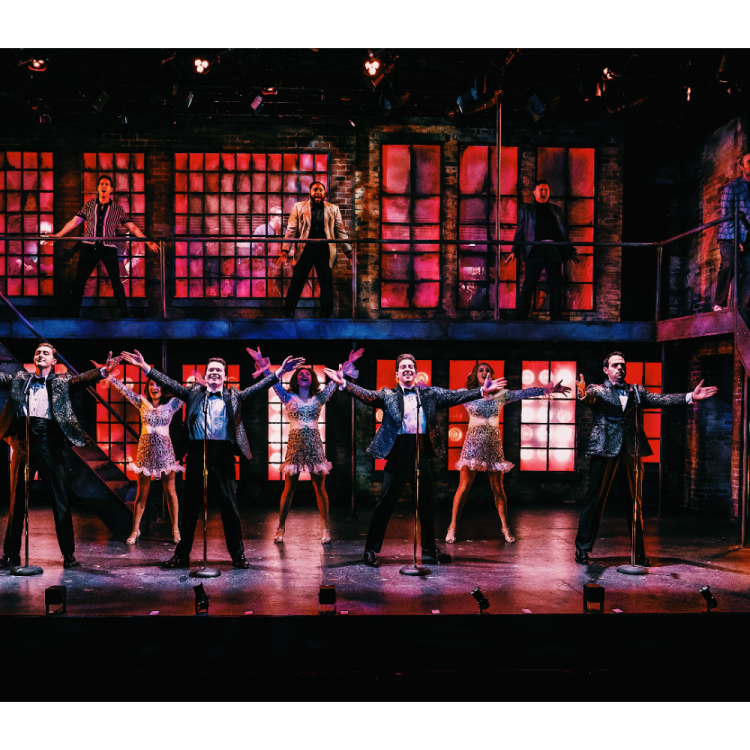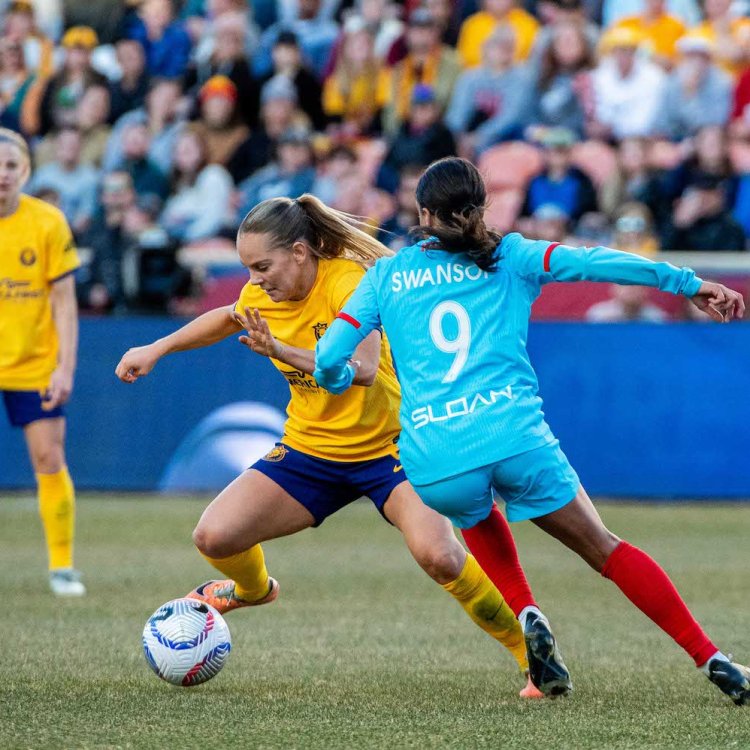Nearly everyone with a foothold in punk rock has some sort of origin story. For photographer Jim Saah, his unlikely path to the music he loved involved a certain cult film. “I discovered punk rock at, of all places, The Rocky Horror Picture Show midnight showing at a theater in DC,” Saah tells InsideHook. “They had a DJ, and before the movie started, they played music.”
Young Saah found himself drawn to the music playing at the theater that night: “He was playing a lot of British stuff like The Stranglers and The Buzzcocks and maybe The Sex Pistols. And I thought, What’s this music?”
And so Saah did what countless people before him did: he sought out some local experts. “I went to the record store and asked, ‘Who are these bands?’ The old heads at the record store were great — they were turning me onto stuff and they told me, ‘You know, there’s local punk rock bands too,’” he says.
“My first show was a Minor Threat show,” he adds. “I really got into the scene — the punk scene and the hardcore punk scene.”
Now, a new edition of Saah’s book of photographs, In My Eyes Photographs 1982-1997 is out in the world. Fans of the DC punk scene will not be disappointed — legends like Fugazi, Minor Threat and Nation of Ulysses are in here. (So are the Holy Rollers, who — fun fact — I saw at the second punk show I ever attended.) But this isn’t just a trip through DC musical history; the likes of Wilco, Iggy Pop and Lou Reed are also featured within its pages.
How did Saah go about deciding what to include? He harkened back to an influential conversation when he was assembling the book. “Ian MacKaye said something pretty profound to me when I was going to put the Beastie Boys in the book,” Saah says. “It was a pretty seminal show, playing in Madison Square Garden in the early- or mid-’90s. He said, ‘Why’d you shoot that show?’ I said, ‘It was a job for New Musical Express — they sent me and the writer up to New York to see them.’”
“He said, ‘Oh it was a gig, then?’ and I said it was, and he said, ‘Well I think you should only put photos in this book that you had to take,’” Saah recalls. “I knew exactly what he meant, because I couldn’t miss a show back then. I had to go and I had to take pictures and there was no thought about it. I didn’t even know what I was going to do with the pictures, or if anyone would care about these pictures. Certainly I didn’t think I’d be talking about them 40 years later and selling a book of them — but he was right, and I only put pictures of bands in the book that I loved and that I was compelled to photograph.”
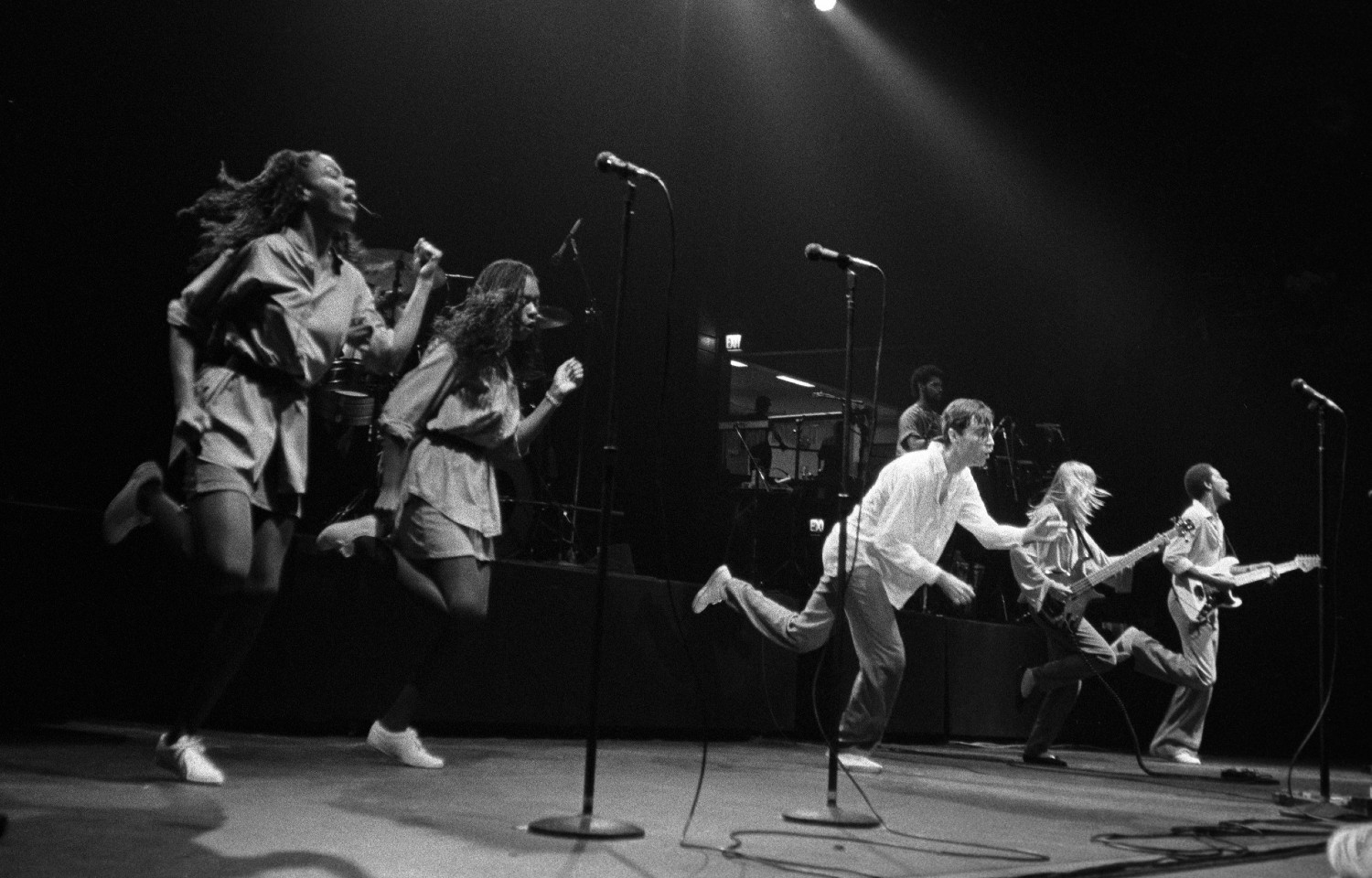
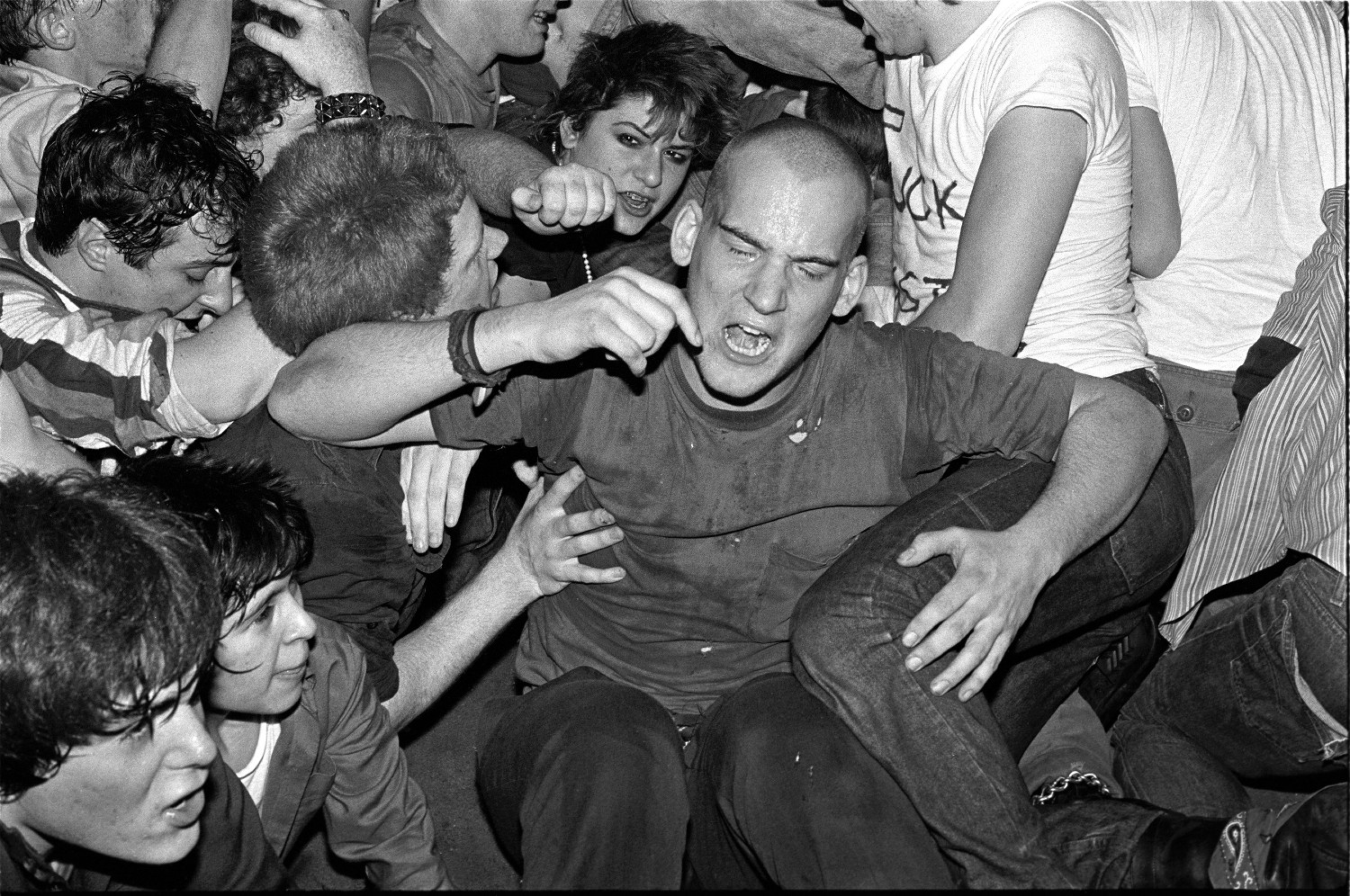
In My Eyes, which takes its title from a Minor Threat song, may be Saah’s first book, but his work has shown up in some earlier documents of the DC scene. “I had a lot of photos in Cynthia Connelly’s Banned in DC and then I did the movie Salad Days with my friend Scott Crawford,” he says. “He put out a book [Spoke: Images and Stories from the 1980s Washington, DC Punk Scene] that was related to the movie where I had a bunch of photos in there. I kind of felt like, well, my stuff’s out there.”
As Saah explains, he and Crawford traveled to a film festival in Buenos Aires where they met the eventual publisher of In My Eyes. “He was really enthusiastic, and it was really DIY, which I like. It’s basically like doing a record deal with Dischord,” he says. The parallels to the DIY scene appealed to Saah, and the book soon followed.
The first edition of In My Eyes was published at a time when the pandemic limited the amount of events that Saah could do for it — and he stresses that he is looking forward to doing more events now that this new version has been published.
“It’s just really nice to just talk to people,” he says. “There are young people that missed the scene or are photographers and say, ‘I’m inspired by your work,’ and then there are people who were around then who say, ‘I’m buying a book to find myself because I was at this Minor Threat show.’”
Saah stresses that the new edition of In My Eyes hasn’t been radically revamped from the first edition. One change has to do with the cover image — not the image itself, but how it’s presented. “It’s the same photo on the cover but it’s a different crop,” Saah says. “I just wanted to be immediately noticeable that it’s the second edition.”
As for why he made that change, it has to do with the overall composition. “It’s that picture of Ian McKaye at Minor Threat’s last show. I always call it, ‘Ian on the Cross.’ It’s not just because his arms are outstretched but the way his head is and stuff — it’s like a very Jesus-like pose. And if you crop it a little bit higher and show the ceiling, there’s a cross in the ceiling, so it mimics what he’s doing.”
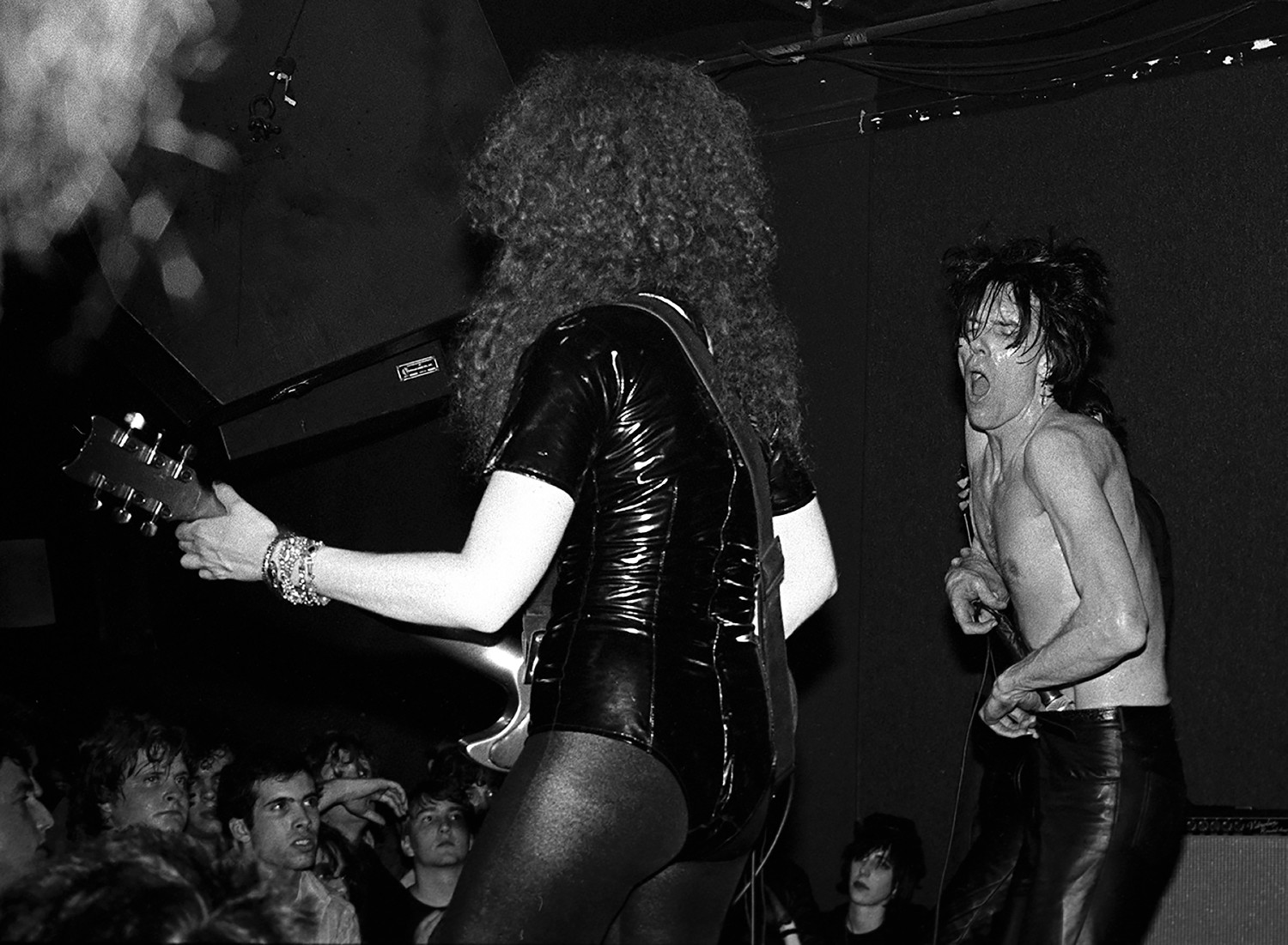
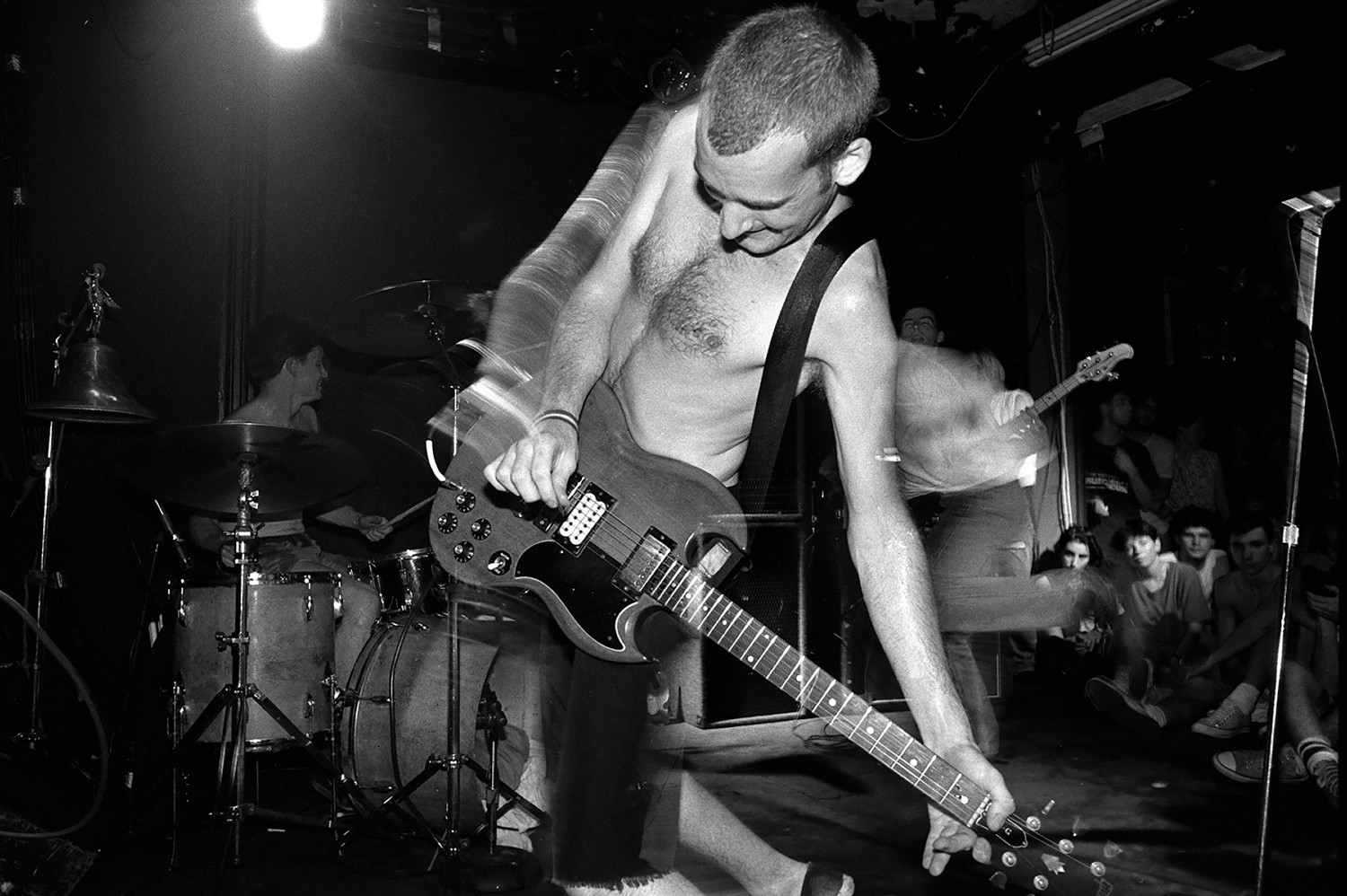
One of the striking things about reading In My Eyes is just how many of the artists in it are still going strong. Readers will encounter the likes of Foo Fighters and Stereolab in its pages — to say nothing of the members of countless DC bands who continue making music today. At one point, our conversation turns to Jawbox’s J. Robbins, whose second solo album Basilisk was released last month — and who’s represented here via photos of Jawbox and an interview. Did Saah expect that the artists he was photographing decades ago would have such longevity?
“It’s interesting, because when I think about DC bands, a lot of them put out records after they broke up,” Saah says — citing Minor Threat’s Salad Days single as one high-profile example. “People were young and people were going to college and doing things — and people are always starting new bands. I kind of knew Ian would always make music, and Brendan Canty — all the guys in Fugazi.”
“I didn’t really think about it,” he adds. “And I definitely didn’t think that Dischord would not only still be around but be very active. I didn’t really think about it but I’m very happy.”
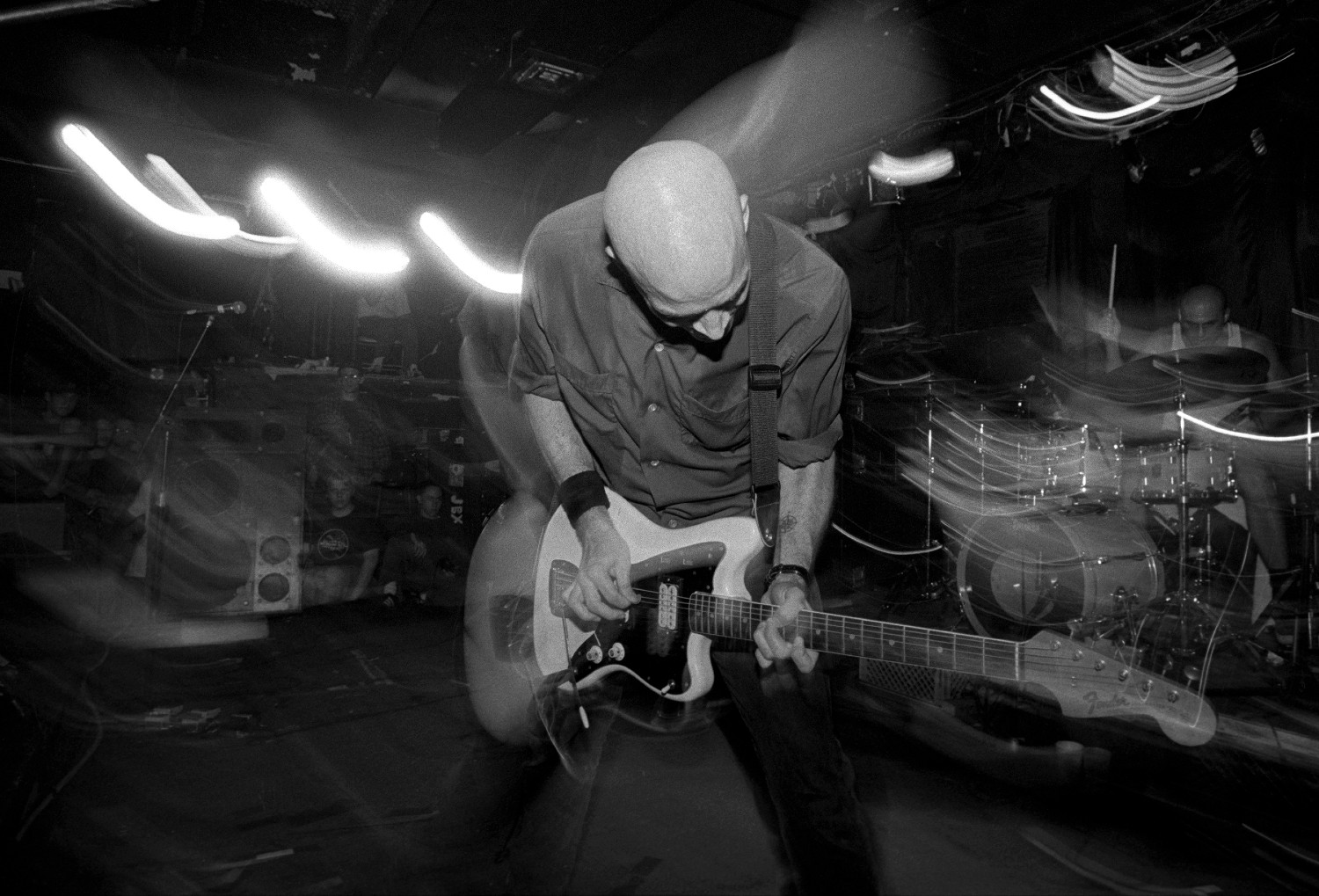
A New Book Shows a Very Different Side of the Rolling Stones
“The Rolling Stones: Icons” features a stunning lineup of photographersAnd much like the DIY ethos of his publisher sparked a connection there, Saah also speaks about that same spirit informing his own art. “I learned a lot from the music, the politics of the music and DIY stuff. I put out a fanzine early on, and if it wasn’t for knowing the bands that were making their own records and stuff I never would have thought about putting out my own magazine,” he says. “I would have gone to big magazines and tried to get them to put my stuff out — which they ended up doing when I became a professional photographer — but I got my stuff out there initially by self-publishing fanzines.” It’s stance on art that’s served Saah well over the years — and it’s now led to an essential collection of music photography.
This article was featured in the InsideHook newsletter. Sign up now.
